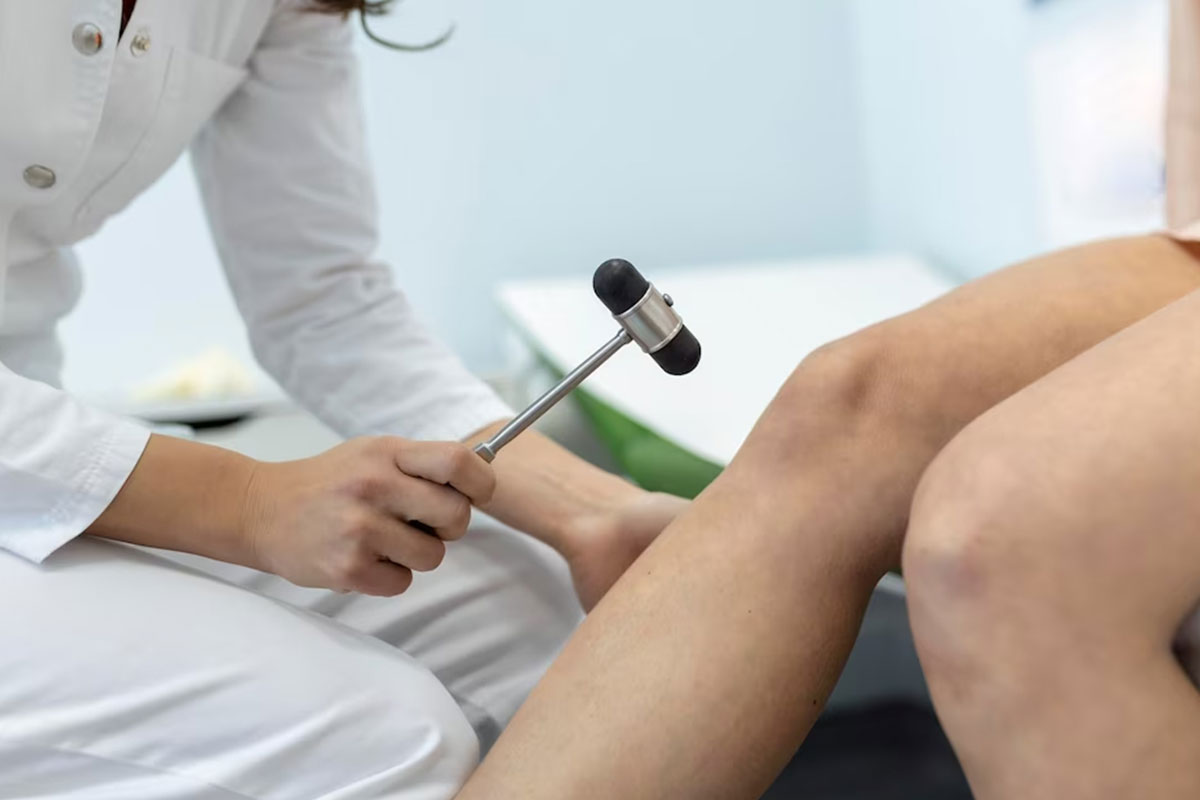
Leg Implant
Also known as calf augmentation and calf widening
Calf augmentation with implants is a procedure used to improve the shape and increase the size of the calf. Patients choose calf implants to define and contour the lower leg, which cannot be achieved with exercise alone, or to correct a muscle imbalance caused by a physical or congenital defect.
Am I a good candidate for calf implant surgery?
Here are some common reasons why you may prefer calf implants:
If you want to emphasize calf muscle mass (usually in men)
If you want to have a lower leg that is more anatomically proportional to your thigh (usually in women)
If you are a bodybuilder and you have completed the calf improvement phase by exercising, but you are not satisfied enough with the results in your lower leg
Injury; if you want to correct lower leg defects due to an illness such as polio or congenital problems such as clubfoot or spina bifida
If you are in good general health, have a positive attitude and realistic expectations, you are probably a good candidate for this procedure.
Many people who decide to undergo calf implants also undergo liposuction, tummy tuck and buttock augmentation.
Advantages of a Leg Implant
The calf is reshaped and improved as desired, usually in one go
Quick and easy to implement by following the appropriate steps
Provides both muscle mass and muscle definition to bodybuilders who want to build more muscle
Disadvantages of a Leg Implant
In the early postoperative period, patients with mild bruising around their incisions may experience swelling and discomfort in their lower legs
It takes 4 to 6 weeks to be able to fully perform physical activities
Final results can be seen a few weeks after surgery
How is Leg Implant Surgery Performed?
Your legs are measured during the pre-operative medical examination to determine the correct implant size and then the implants are ordered for surgery.
On the day of surgery, general anesthesia or sedation anesthesia is administered and you are placed on the operating table in the prone position (face down).
An incision is made behind the knee between the fascia and skin, covering the gastrocnemius muscle (connective tissue)
Once your surgeon has found the most prominent nerve (tibial nerve), the procedure can be performed without encountering other nerves and vessels.
A suitable pocket is made between the fascia and muscle (just big enough for the implant) into which the implant will be inserted.
The implant is inserted and the foot is checked before the incision is closed with sutures.
You are placed in a supine position (back facing up).
What are my options for leg implant surgery?
Types of Implants and Implant Materials
Calf implants are kept ready for use in silicone gel and solid silicone. Silicone gel implants can cause capsular contracture (shrinking and tightening of the scar tissue around the implant causing pain, unnatural stiffness and distortion); however, this is rare with calf implants. The edges of solid silicone implants can be palpable if they are placed too close to the surface. Silicone gel calf implants are available in symmetrical sizes, which are best used in bodybuilders who want better volume than a patient of average build, for the general population and are anatomically (asymmetrical sizes) most appropriate. Your surgeon can custom shape the solid silicone implants before insertion. Depending on your personal needs and desires, one or two implants will be placed in each foot. Body fat is not an option in this procedure, although it is better used for augmentation of smaller areas of the body and is absorbed in the area where it is placed.
Implant Placement
Implants can be placed either subfascially (just below the fascia) or submuscularly (within the muscle). Subfascial placement is used more often because the procedure is less invasive, less difficult and offers the patient a faster and less painful recovery time. However, since the shape of the calf is determined more by the implant and less by the muscle tissue, subfascial placement can sometimes cause problems with the implants, such as rotation or palpation, and the postoperative appearance may not be as desirable. This can be either using silicone gel or solid silicone implants. Finally, subfascial placement requires more attention than implant placement.
Submuscular placement is more difficult to decide on because your surgeon has to examine the muscle tissue more deeply. You may also need a few more days to heal and get more comfortable. However, the implants are more carefully and safely inserted into the muscle and better aesthetic results are achieved, including a more natural appearance because the calf muscles cover the implant. Surgical complications such as vascular and nerve damage can be more easily controlled with submuscular placement.

